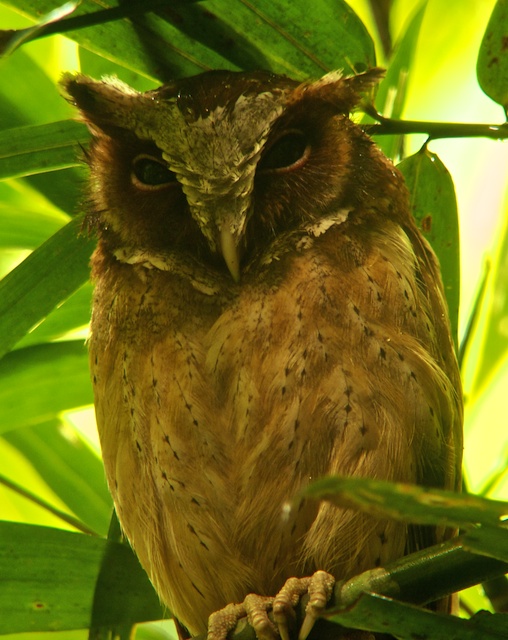Oriental Reed Warbler
Ratchaburi
02.11.11
On a fairly regular basis I struggle with bird identification. I make no bones about it and I own to making mistakes; periodically I make what the teacher in me might describe as “howlers”! Most of them can be found on this blog! There are a couple I’d like to keep secret......the swan goose comes to mind! At times I envy my more experienced peers who can identify a bird on body shape, wing shape, “jizz” or call or some other detail on the basis of a very brief or distant observation.
Often this difficulty pertains to common species: Tree Sparrow and House Sparrow and Lesser Sand-plover and Greater Sand-plover spring to mind as species which can be difficult to separate. I am confident with the former but not the latter species. This difficulty extends to the more complex species such as bushlarks, pipits, warblers, terns and gulls.
Black Drongo
Ratchaburi
02.11.11
I love reading Dave Gandy’s blog at the moment because it is a master class in flycatcher identification. Likewise the daily bulletin from the Raptorwatch at Chumphon; Dave Bakewell's blog is a brilliant example of a teaching blog especially on identification and pelagic birds. All really assist in helping to identify difficult species. I also admire the expertise and knowledge of the writers.
Of course some of the rarer species do help the cause such as Spoon-billed Sandpiper with its eponymous bill. Hard to see how even I could get this one wrong and I doubt if any record would be accepted which did not include a photograph of its celebrated bill. Of course digital photography helps but it is by no means the complete panacea. Take the above shot of what I take as an Oriental Reed Warbler, (“ORW”), photographed in the local rice paddy, Ratchaburi, on Wednesday.
When I observed the bird with my naked eye I thought it was possibly a Brown Shrike on the basis of size and colour. I took a closer look with my binoculars which showed, of course, that it was not a Brown Shrike. I thought it must be an ORW on size and location. I started to shoot in the diminishing light thinking it was an ORW. It was of course difficult to get a decent shot on account of light and the fact that the bird was most unhelpfully jumping about! When I got home and looked at the one usable shot on my computer, doubt crept in. My very inexpert mind started asking, “Can it be a Plain Prinia?”, a very common bird in the rice paddy. To my eye it had a real resemblance to this species.
White-throated Kingfisher
Ratchaburi
02.11.11
I got the field guides out and had a look online at the photographs on
Oriental Bird Images. Still doubtful but 80% for ORW. I really didn’t think it was a Plain Prinia on the basis of size; it was too big. I also thought the eye was too dark and it had a trace of a dark eyeline. I sent the shot off to
Tom Buckland for his thoughts. I have deep respect for Tom’s judgement in these matters. He came back with a possible Thick-billed Warbler (“T-BW”), but he wasn’t sure and he wasn’t saying “definite” ORW.
Next to the Identification Q&A section of
Birdforum.
rockfowl advised it is an ORW as T-BW has a much more “open face” and its lores are much lighter;
halftwo reckons a T-BW is more of “a skulker” and wouldn’t be out in the open above water.
kiwiguy has been trying to ID some of his photographs which might be T-BWs and he is confident mine is not one. Tom has just texted me and said he has had another look and in the absence of a supercilium he will go with ORW. Phew!
Fortunately this Black Drongo delivers what the field guide says it should! The key field mark is the white “loral” spot, the white mark between its eye and the end of its bill. Otherwise I might have been struggling to separate it from the Crow-billed species. And the very common White-throated Kingfisher isn't a challenge on my ID skills.
I am very glad I asked for some help and didn't rush into an (other!) incorrect identification. Thanks all round guys.























